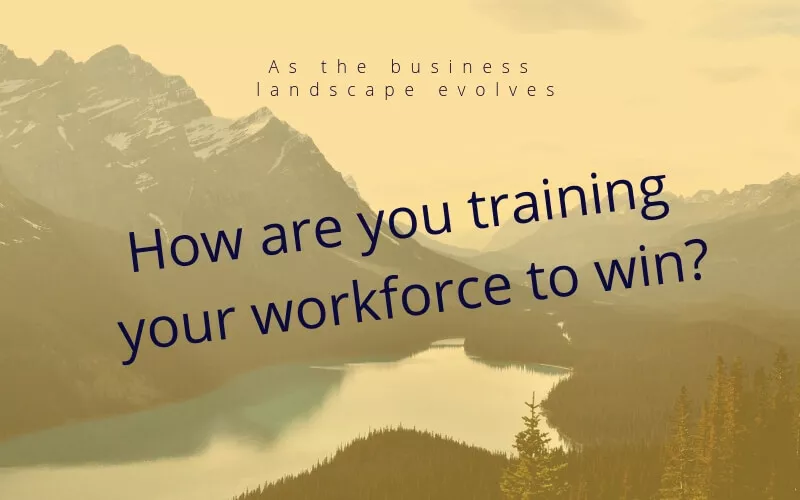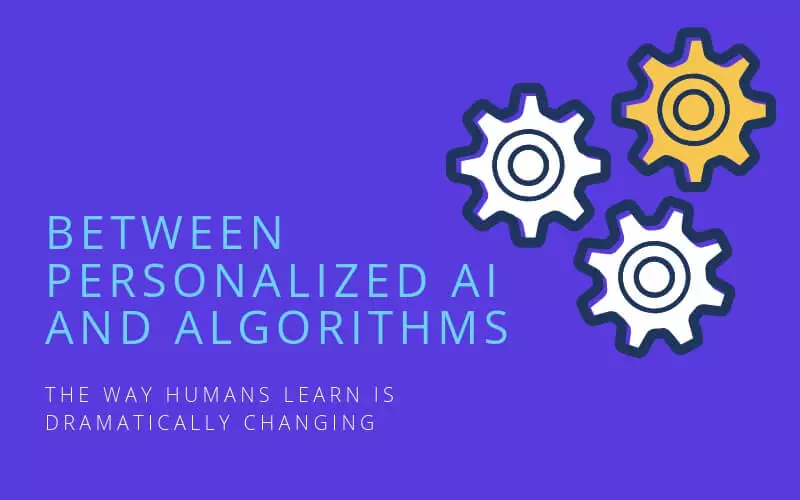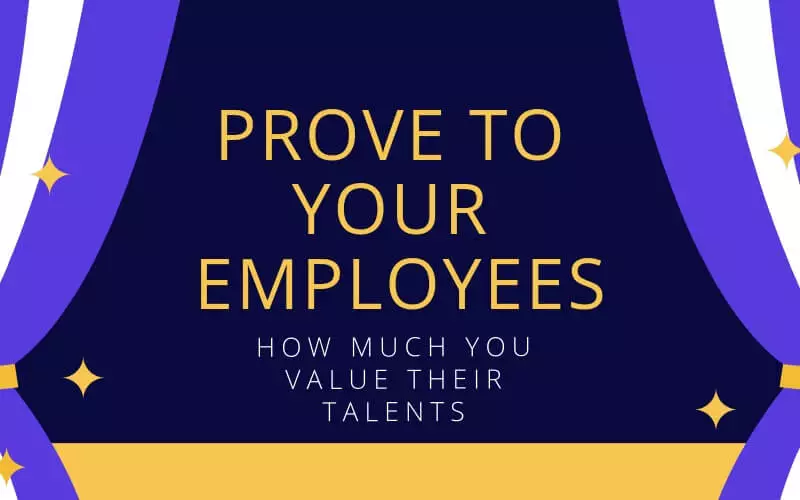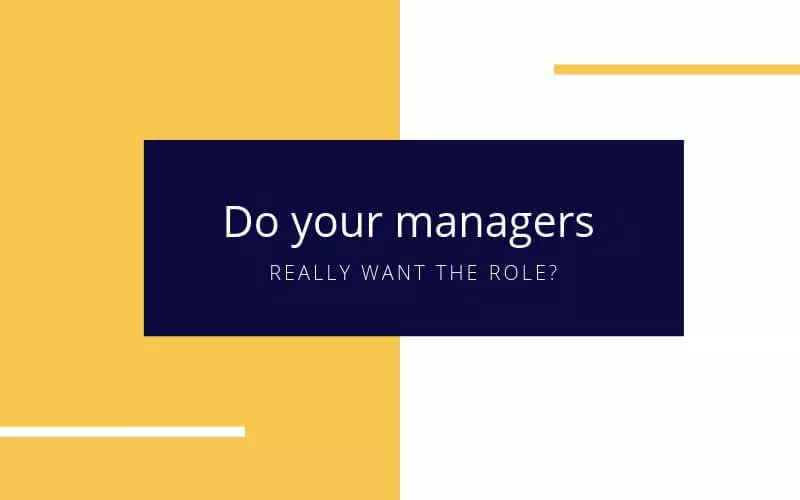Screech.
The future of work may be tech-disrupted — but humans steer the big wheel of change forward.
In an ideal world, that wheel glides, smoothly. But if your employees are unprepared to face future challenges and disruptions, it will come to a grinding halt.
How do you stay ahead of change? You build a workplace that’s future-proofed for the digital era. Build a business that can compete in 2049. Today’s employees need to be equipped to thrive in the face of disruption.
Look at your talent. Are they prepared to evolve in real-time with the innovation age and its changing needs?
Dive Deeper: The new leadership role to help you future-proof your business
The secret to adaptability: Equip employees to tackle next-gen changes

In Adaptability: The Art of Winning in an Age of Uncertainty, Max McKeown, PhD says:
“Adaptability is about the powerful difference between adapting to cope and adapting to win.”
As the business landscape evolves, how are you training your workforce to win?
Future-proofed companies understand the art of “the long game.” You may think your current workforce is ready to handle today’s challenges. But if you’re relying on a poor talent development framework, those methods could be obsolete within two years.
Use a Digital Adoption Platform (DAP) to future-proof employee training management. Request a demo today.
When the digital workplace keeps changing gears, you must learn to nurture an agile organization.
Be prepared for anything: How to train employees for the future
Here are four ways to future-proof your workforce:
1. Leverage the power of tech to address individual employee needs

This is where contextual learning comes into play. By utilizing digital learning tools that enable contextual learning, you can predict where your employees need support. In the moment of need, your employee won’t struggle to adopt a new system.
Consider the resources you need to onboard new hires. A year could pass before you see a return on that investment. But as quickly as that employee can make the jump from new hire to valuable contributor, it’s a game-changer for confidence.
How does confidence translate to ROI? You’ll see a more engaged, more productive hire who feels well-integrated in your company — and employee success all hinges on strong onboarding.
What’s more, the next time a major version update shakes up enterprise software, not even your veteran employees will be afraid. In the click of a mouse, a contextual learning tool will guide employees to achieve proficiency on even the most complex enterprise technology.
Between personalized AI and algorithms, when you think of how to train employees to conquer the future frontier of work, the way humans learn is dramatically changing.
By cutting out UX frustration “potholes,” you’re protecting the evolution of your team. You’re helping train employees to excel on whatever platform next disrupts the software-verse.
2. Learn where your team’s “gaps” are and rethink performance management

Your goal is to find out where “skills gaps” exist. Without understanding where your team’s challenges are, it will be impossible to overcome future obstacles.
Your first mission is to take a broad overhead view. Assess the current state. Where are your employees falling short? What skills do you need to be acquired to meet your goals? What traits must you develop to become adaptable and agile?
Next, get more granular — how are you developing your employees’ performance?
Today’s leaders need to crack the “new performance review.” To identify the “gaps” that need extra coaching, encourage a positive, open dialogue between managers and employees. No one wants to feel diminished as just a ranking or a rating.
We want to deliver our employees constructive feedback that will help them succeed. We want them to feel appreciated and excited about opportunities to grow. Then, they’ll have the confidence to tackle their challenges in a shifting business landscape.
3. Drive engagement by investing in professional development

According to Quantum Workplace, employees they polled cited professional growth opportunity as one of the strongest drivers of engagement. Not surprisingly, employees who left their jobs pointed to lack of growth opportunities as their second highest reason for quitting.
Your employees must feel that after a year with your team, they can measure their progress. This isn’t just about titles and promotions. In fact, most employees care more about development of new skills and capabilities.
Show your team how much you value their talents. Dial up motivation by proving it to them. Providing formal opportunities for education, encouraging them to attend relevant conferences, and other investments in their career development won’t go unnoticed.
As you figure out how to train employees for the future, it’s important not to underestimate personal development. Ownership of a new role or project lends new meaning to the work an employee does for your organization.
4. Cherry-pick your managers

Do your managers really want the role? You need managers who understand what being a manager means. Your employees want a mentor, teacher, and support system. Managers need to do all of the above — while delivering criticism, feedback, and performance reviews.
But what happens if you choose bad managers? You’ll risk disengaging high-potential employees.
To be ready for the future world of work, your company needs managers who can take on everything.
Only 13% of employees worldwide are engaged, according to Gallup’s report: “The Worldwide Employee Engagement Crisis.” It’s a problem when a monster 87% of the global workforce does not actually care about the work they do or the success of their company.
Your employees want to feel seen and heard — this is when true engagement soars. The right leaders help companies sustain talent-driven teams.
If you’re unwilling to let go of a bad manager, don’t be surprised when your good employees start packing. Future-proofing your employees starts at the top.
Preparing for the future digital frontier starts now
Help your team stay a step ahead of the digital curve. If you design a workplace looking ahead, your employees won’t screech to a halt — they’ll ease the wheel of change straight into 2049.
________
WalkMe’s Digital Adoption Platform (DAP) transforms the user experience in today’s overwhelming digital world. Using artificial intelligence, engagement, guidance, and automation, WalkMe’s transparent overlay assists users to complete tasks easily within any enterprise software, mobile application or website. Discover how a DAP can revolutionize your business — request a demo today.

